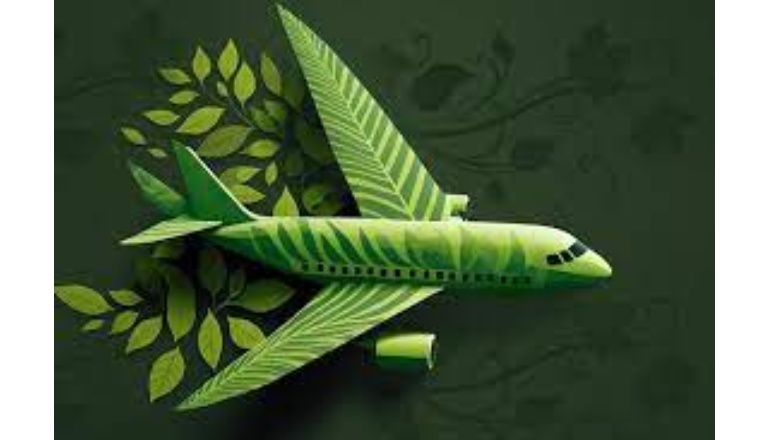Regulatory developments are driving the demand for Sustainable Aviation Fuel (SAF), with a total demand of 16.1 Mt (5.3 Bgal) across countries.
This year is crucial for projects aiming to start operations before 2030 due to ongoing challenges in funding, construction, and commissioning, according to SkyNRG’s new Market Outlook report.
Highlights:
The report highlights that SAF capacity increased by 4.0 Mt to 17.3 Mt by 2030, driven by EU, UK, and US regulations, incentives, and voluntary adoption.
Notably, Japan, Singapore, India, Brazil, British Columbia, Indonesia, and Malaysia have developed (proposals for) legislation to drive domestic SAF uptake.
Airlines, cargo companies, and corporate entities are setting ambitious SAF targets, totaling 12 Mt by 2030, demonstrating the strength of voluntary demand signals.
Facilitators:
The market expansion has been significantly facilitated by these purchases, but to meet regulatory requirements, they must now be accompanied by dependable, long-term commitments.
The US federal tax credit’s greenhouse gas methodology has led to a surge in announcements of Alcohol-to-Jet facilities, reaching ~8% of their projected capacity by 2030.
The announced capacity for other technologies, such as Fischer Tropsch and e-SAF, is only about ~7% of the total capacity for 2030.
The HEFA pathway is expected to dominate global capacity announcements, accounting for 85% of capacity in 2030.
Co-processing, despite accounting for a smaller portion of public announcements, is expected to lead to more projects due to its low complexity and favorable economics.
The way forward:
Philippe Lacamp, Chief Executive Officer, SkyNRG, said, “It is encouraging to see the progress being made towards net zero in the report. The Market Outlook also highlights the importance of reliable, long-term policy environments globally to allow for capacity development planning and unlocking of the significant investments needed to enable construction and commissioning of SAF facilities.”
Increased global trade of SAF as a renewable fuel could push for advanced pathways, with regions like China and Brazil aiming to produce renewable fuels, potentially restricting access to UCO, tallow, and palm residue feedstock.
India plans to use 1% SAF for domestic commercial flights by 2025, requiring 140 million liters annually. If raised to 5%, 700 million liters annually.

